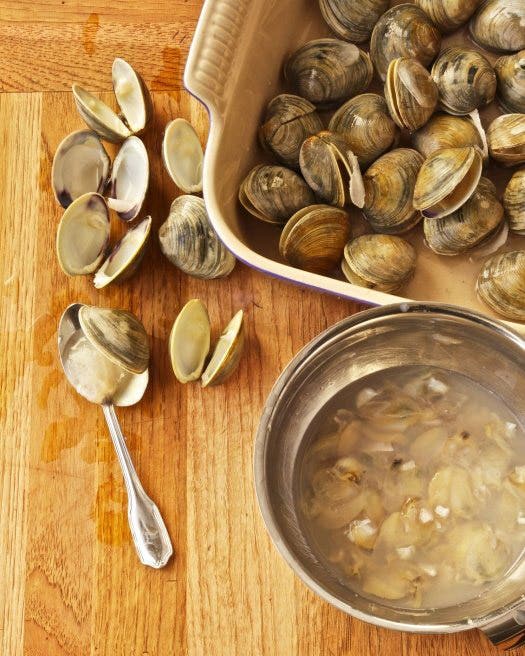
Kitchen Alchemy: The Frigid Power of the Blast Chiller
There's a piece of equipment that's slowly been making its way into restaurant kitchens: the blast chiller. It does exactly what it sounds like: cool things down quickly, using fast-moving cold air. This coming summer, LG is going to release a version of their refrigerator for home kitchens that incorporates a small blast chiller for quickly cooling down cans of soda and bottles of wine.
We've been working with a small blast chiller/shock freezer made by Irinox, the EF-10.1. It will accommodate three 10x12-inch trays of food. The trays are placed inside the blast chiller and then a fan blows chilled air over the food, rapidly cooling it down. The rapid cooling reduces loss from evaporation during the cooling process and minimizes the size of the ice crystals that form in the food when it is frozen. This is important because the larger ice crystals are, the more damage they do to the cell walls of the food. The ruptured cells collapse as the food thaws and liquid seeps out. This changes the texture of the food, making it softer and less resilient. All of the liquid that seeps out of the thawed food is a loss, of weight, flavor and nutrients.
The Japanese have been using blast-chilling shock freezers for years to preserve the quality of freshly caught fish that they want to use for sushi. Food that is blast-chilled and thawed is almost identical to the fresh product. This is a huge benefit because it means that restaurant can take advantage of seasonal bounty and preserve it with minimal losses in quality and yield.
We are huge fans of cryo-shucking. We freeze clams, oysters and mussels and then let them thaw in the refrigerator. As they thaw the shells slowly open and you can gently slide the meat out with a spoon. It's a great technique that allows you to easily use fresh shellfish and all of their juices in gently cooked recipes at home. When you use the blast chiller, you can serve the shellfish raw on the half shell, and no one will ever guess that it has been frozen.
Keep Reading
Continue to Next Story










